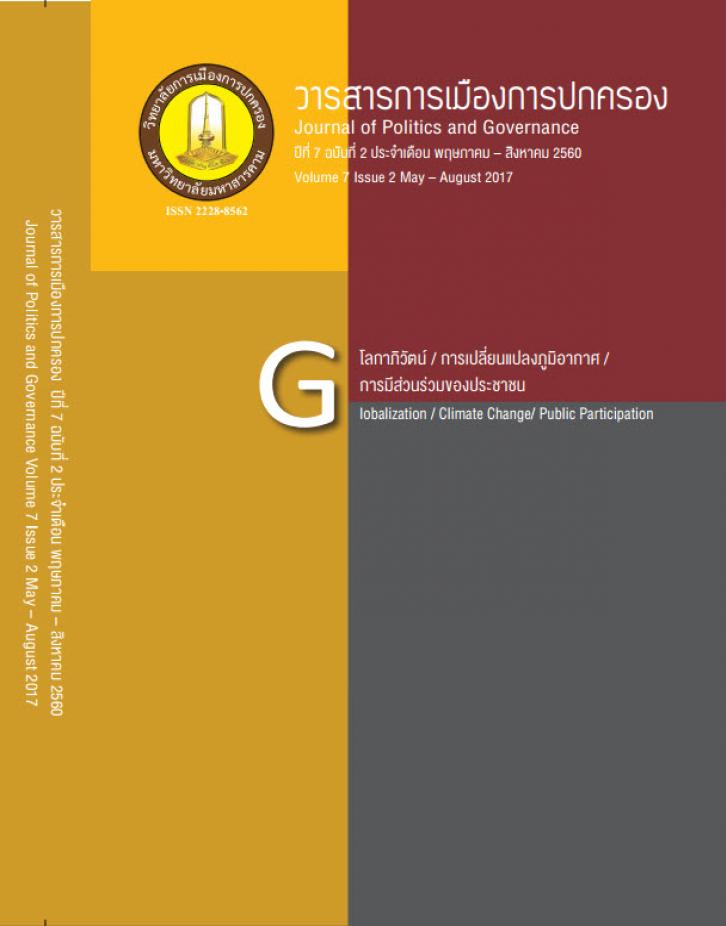Women’s Participation in the Local Politics of Ilocos Sur
Main Article Content
Abstract
The Universal Declaration of Human Rights recognizes the equal rights of men and women. Women can now vote and stand for elections. Gender equality in political participation is essential in a democratic society, however, political participation remains to be dominated by men. This paper analysed women’s participation in the local politics of Ilocos Sur, Philippines, their profile, motivation in entering politics, and contributions to local governance. Data were gathered from the profile of women elected for the term 2013-2016 and through an open-ended questionnaire answered by 39 respondents. The findings reveal that women are represented in 33 of 37 local government units (89%), however, of the 356 elected officials, only 69 are women (19% or 1:5 in favour of the men). There are lady mayors, vice mayors and members of legislative councils, a great number re-elected once or twice, and affiliated with the two dominant parties. They are of middle to senior years, Catholic, married with a bachelor’s degree. They entered politics mainly to serve their constituents, continue where a relative has ended his/her term of office, and contributed to promoting women’s welfare. Women’s participation in governance should be increased and women’s studies should be integrated in the curriculum.
Article Details
References
Ballington, J. & Karam, A (Ed.). (2005). Women in parliament: Beyond numbers. Stockholm, Sweden: International Institute for Democracy and Electoral Assistance.
Bachelet, M. (2011). Remarks on women political participation. Old Town Hall, Helsinki, from select districts in India.
Bari, Farzana. (2005). Women’s Political Participation: Issues and Challenges.
Bhatla, N., Walia, S., Khanna, T., &Verma, R. (2012). Opportunities and challenges of women’s political participation in India: A synthesis of research findings from select districts in India.
Campari, Suzana. (July 15, 2013).Women in Local Governments by iKNOWpolitics. International Centre for Research on Women (ICRW) – United Nations Entity for Gender Equality and the Empowerment of Women (UN Women), Joint Publication.
Fox, R. L., J. L. (2010). Gendered perceptions and political candidacies: A central barrier to women’s equality in electoral politics. APSA 2010 Annual Meeting Paper. Retrieved from http://ssrn.com/Galiano, Angelica. 2013-07-31 Women for Women.
Hega, M. (2003). Participation of women in Philippine politics and society: A situationer. Friedrich-Ebert-Stiftung Philippine Office. Retrieved from http://library.fes.de/
Herrick, R., Mendez, J., Thomas, S. & Wilkerson, A. (2012). Gender and perceptions of candidate competency. Journal of Women, Politics & Policy, 33(2), 126-150.doi: 10.1080/1554477x.2012.667748
Krook, M. L., & Norris, P. (2014). Beyond quotas: Strategies to promote gender equality in elected office. Political Studies, 62, 2-20. doi: 10.1111/1467-9248.12116 Philippine Constitution, Article II Section 14.
The Philippine Star. (2016). An editorial, March 20.
Verveer, Melanne. (2010). Women as Agents of Change: Advancing the Role of Women in Politics and Civil Society, June 9.
Wirth, Linda. (2001). Breaking the Glass Ceiling: Women in Management, May.


